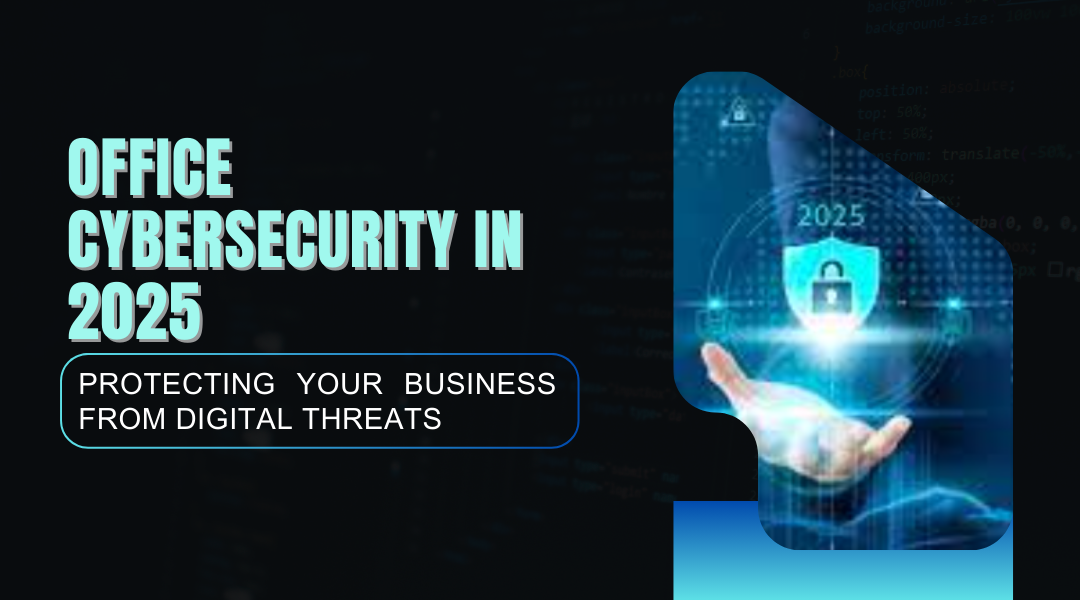Let me tell you a scary story. Last month, a local accounting firm nearly went bankrupt because their bookkeeper clicked on what looked like an “urgent” UPS tracking link. Turns out it was malware that locked their entire client database until they paid $250,000 in Bitcoin. Crazy, right?
This is the reality of doing business today. Whether your team works from sleek downtown offices or kitchen tables, cybersecurity can’t be an afterthought anymore. Here’s how smart companies are staying protected.
Who Should See What? Data Access in 2025
Remember when everyone in the office used the same password for the printer? Those days are gone. Now, we need to think like nightclub bouncers – only VIPs get backstage access.
Smart Access Control
- The graphic designer doesn’t need to see payroll info
- Junior staff shouldn’t have admin-level system permissions
- Temporary contractors? Even more restricted access
Pro tip: We helped a restaurant chain avoid disaster when they set different access levels. Their social media intern couldn’t accidentally leak financials because the system literally wouldn’t show them.
Encryption: Your Digital Safe Deposit Box
Imagine sending confidential contracts through the mail… in clear plastic envelopes. That’s basically what happens when you email sensitive data unencrypted.
Encryption Must-Haves
- For files: Use Boxcryptor or similar tools
- For messages: Wire or Session instead of regular SMS
- Even internal memos? Yes, if they contain client details
Real example: A divorce lawyer we know encrypts everything after a rival firm got hacked and sensitive case details ended up on Reddit. Not a good look.
The Backup Rule That Saved a Hospital
When ransomware hit a regional medical center last winter, their IT director didn’t panic. Why? They followed the golden backup rule:
- 3 copies total
- 2 different formats (cloud + physical)
- 1 stored offsite
While others were negotiating with hackers, they simply restored from backup. The attack cost them 12 hours – not 12 weeks.
Training That Actually Works
Most “security training” is about as exciting as watching paint dry. But when a Miami architecture firm turned it into a game with prizes, phishing click rates dropped 89%.
What Works in 2025
- Monthly simulated attacks (with funny consequences for failures)
- “Spot the scam” contests during team meetings
- Rewards for reporting suspicious emails (even false alarms)
Remote Work Security: Home Offices Aren’t Fort Knox
Your employee’s kitchen WiFi is probably less secure than a coffee shop’s. Here’s how to fix that:
VPNs Done Right
- Ditch free VPNs (they’re selling your data)
- Set up automatic connection when accessing work systems
- Bonus: Configure split tunneling so Netflix doesn’t slow everything down
Cloud Tools Need Guardrails
We saw a marketing agency lose a major client because an ex-intern still had Google Drive access. Oops.
Quick fixes:
- Quarterly permission audits
- Automatically revoke access when employees leave
- MFA on everything (yes, even the company Spotify account)
The $500,000 Email Mistake
A construction company nearly lost half a million because an accountant got an email from “the CEO” requesting an urgent wire transfer. The red flags?
- Email came from [email protected] (see the zero?)
- Pressure to act immediately
- Request to keep it quiet
Stopping Fake CEO Scams
- Payment approval requires two people
- Verbal confirmation for transfers over $10k
- Flag emails from similar-looking domains
Making Security Stick in 2025
The most secure companies we work with have one thing in common: they make protection effortless.
- Password managers pre-loaded on all devices
- Automatic security updates (no more “remind me later”)
- IT that answers questions without making people feel dumb
Because when security gets in the way of work, people will find ways around it. And that’s when disasters happen.
Final thought: Treat cybersecurity like fire drills – regular, mandatory, and potentially life-saving. Because in today’s digital world, that’s exactly what it is.
